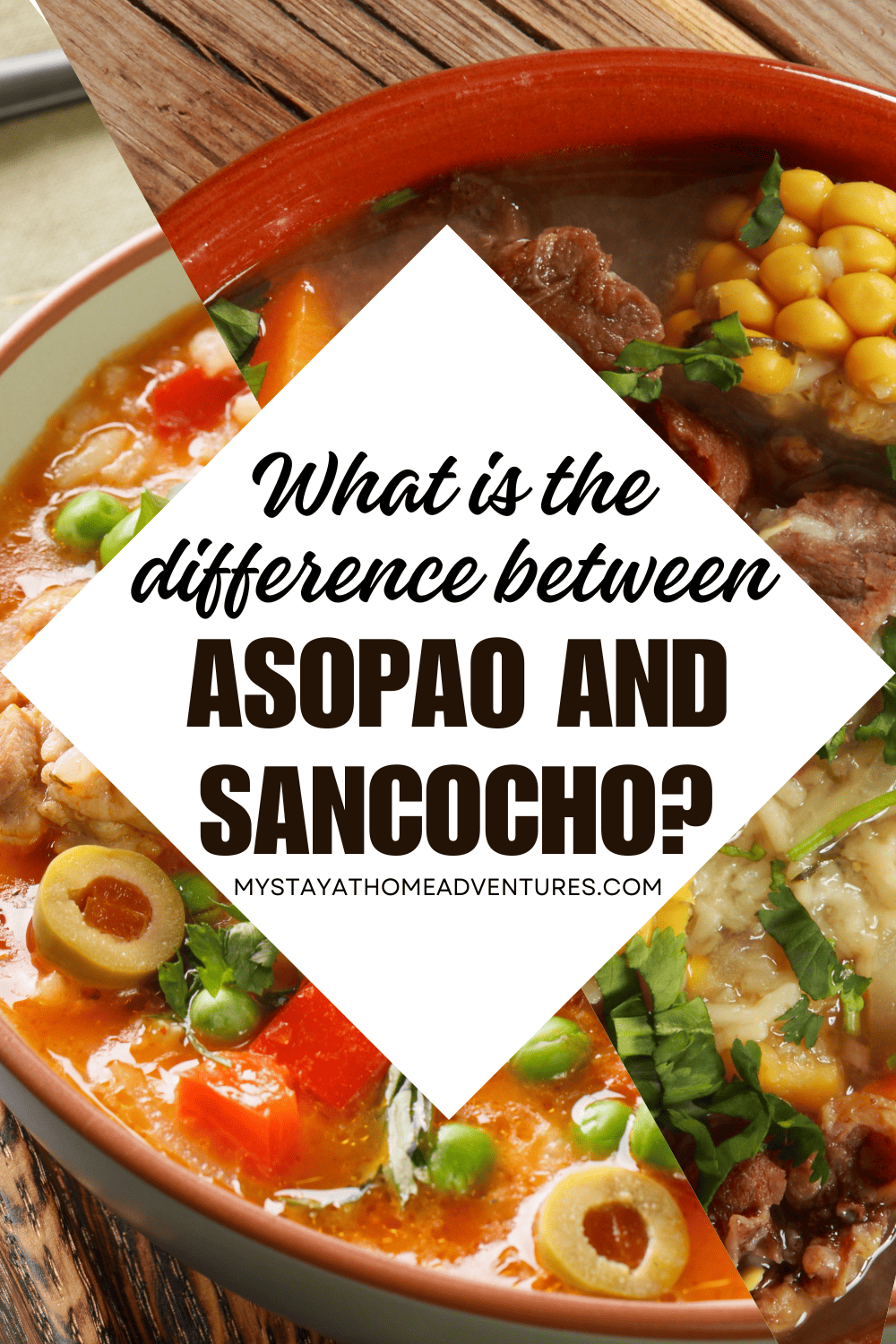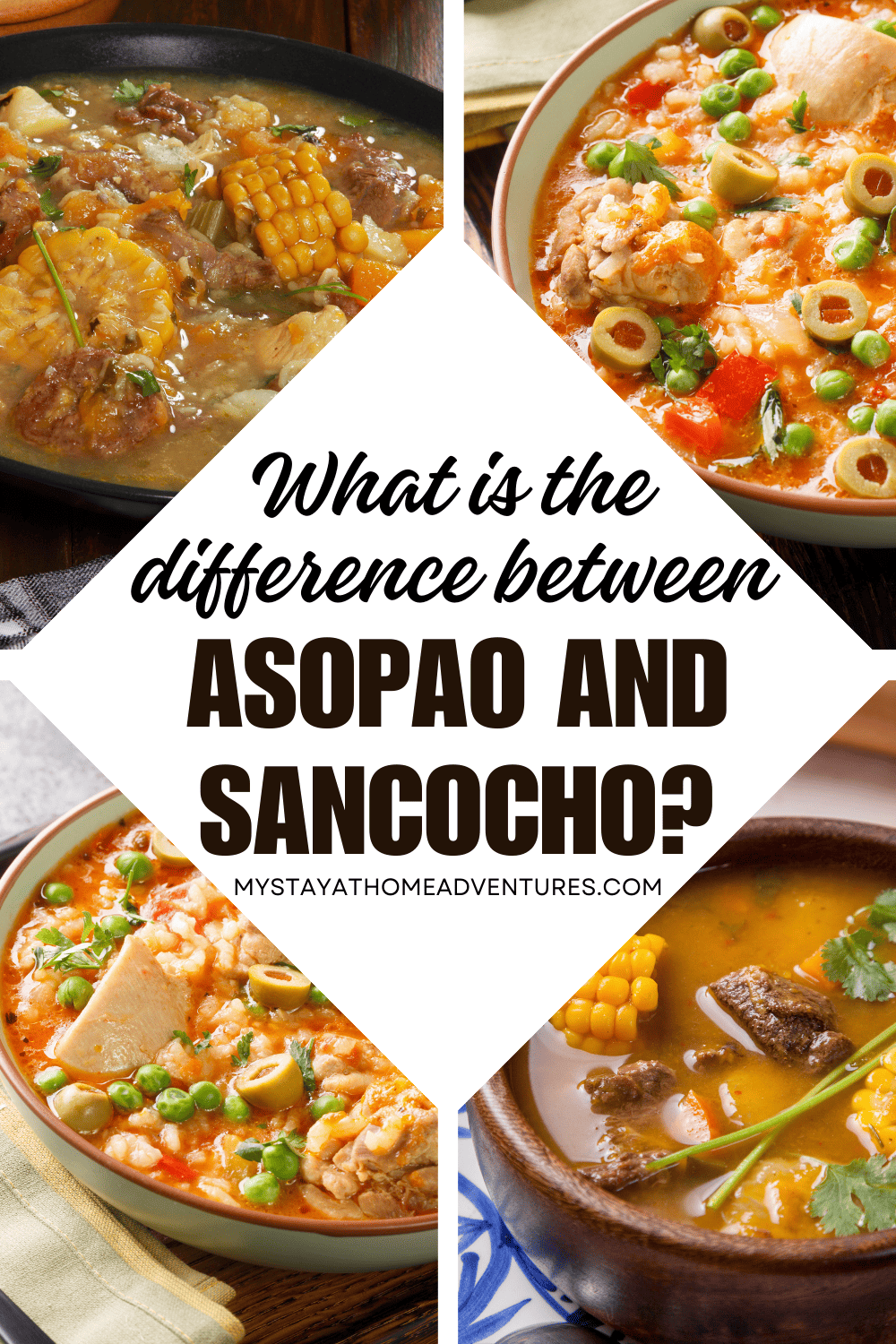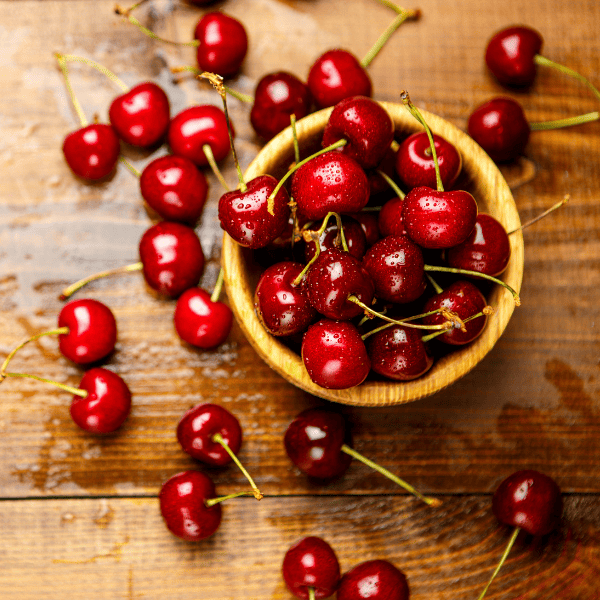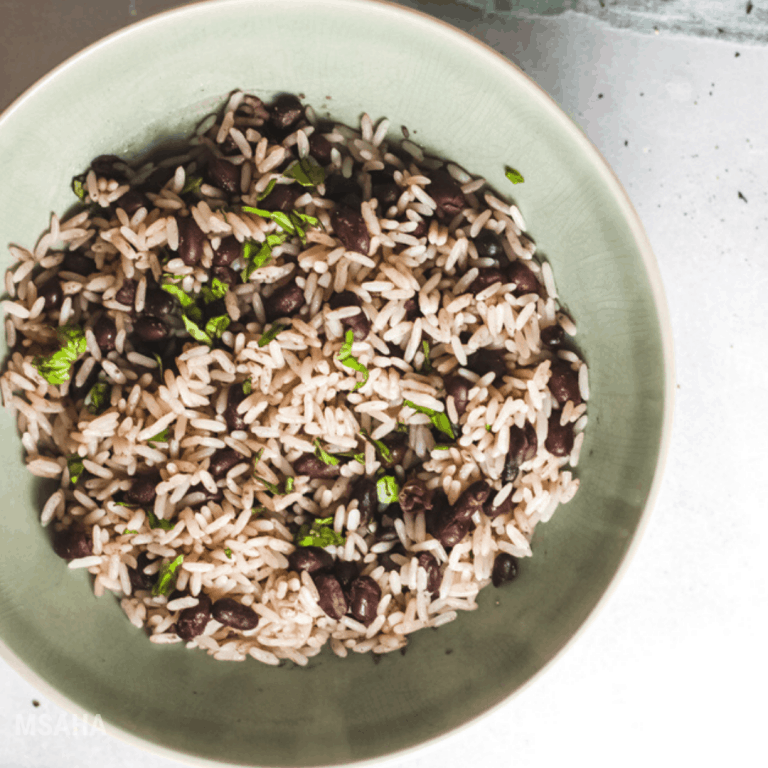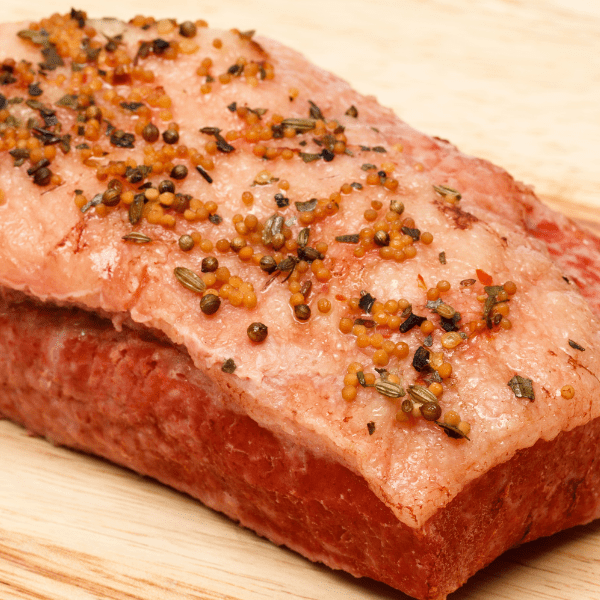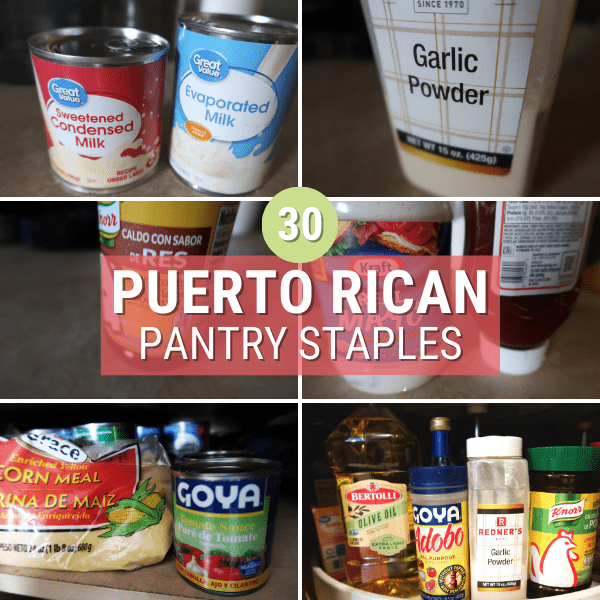What Is The Difference Between Asopao And Sancocho?
This post may contain affiliate links which might earn us money. Please read my Disclosure and Privacy policies hereAsopao and Sancocho are like special treats on the table. But what's the real difference between them? They're both tasty one-pot dishes, but if you look closely, you'll notice some unique flavors that make each of them stand out in cooking.
Asopao and Sancocho, although renowned for their comforting, stew-like qualities, vary significantly in their preparation, ingredients, and regional preferences. Asopao, often considered a rice stew, features a rich broth typically infused with tomatoes, peppers, and various seasonings. It commonly incorporates proteins such as chicken, seafood, or pork and is thickened with rice to achieve a hearty consistency. Asopao's texture resembles a risotto, creating a delightful interplay between the tender meats and the flavorful rice.
On the other hand, Sancocho, while also a hearty stew, emphasizes root vegetables and tubers more. It is recognized for its diverse array of ingredients, including plantains, yams, potatoes, and a variety of meats.
The broth is often infused with tropical herbs and spices, imparting a distinctive and aromatic flavor profile. Sancocho's texture tends to be chunkier, with the vegetables and meats contributing to a robust and satisfying dish.
While Asopao and Sancocho share the warmth and heartiness typical of Caribbean cuisine, the divergence lies in the specifics of their ingredients and preparation methods, offering a delightful spectrum of flavors to those eager to explore the nuances of Latin American culinary traditions.
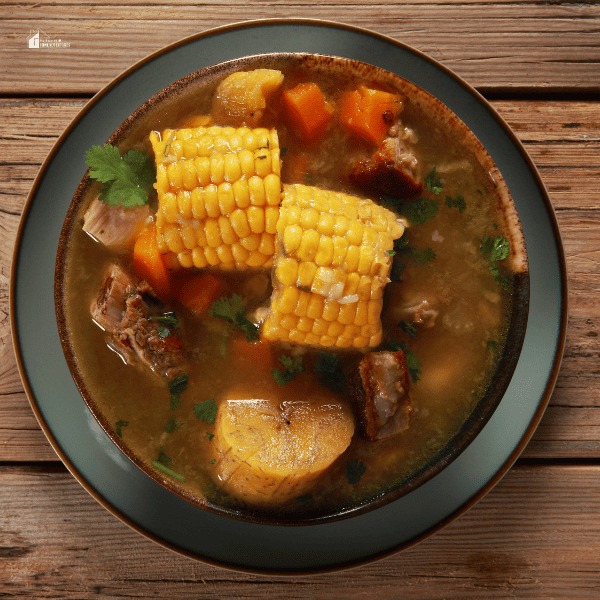
What is Puerto Rican sancocho made of?
While recipes can vary, a traditional Puerto Rican sancocho often includes ingredients such as:
Meats (e.g., chicken, pork, beef)
In Puerto Rican sancocho, the inclusion of a variety of meats is key to achieving a rich and layered flavor profile. Chicken, often bone-in and cut into pieces, adds tenderness and contributes a poultry essence to the broth. Pork, typically in the form of pork chunks or ribs, introduces a savory and hearty quality, enhancing the overall depth of the stew. Beef, commonly in the form of beef chunks or short ribs, adds a robust meatiness to the dish.
Root Vegetables and Tubers (e.g., yuca, plantains, sweet potatoes)
Yuca, also known as cassava, contributes a starchy element with a slightly chewy texture, adding substance to the stew. Plantains, when incorporated, offer a sweet and dense quality that complements the savory notes of the meats. Sweet potatoes bring a subtle sweetness and soft texture, enhancing the overall balance of flavors.
Corn on the Cob
Corn is usually cut into smaller pieces and added to the stew, contributing sweetness and a pleasing texture.
Potatoes
Potatoes are often included, offering a starchy element to the dish and absorbing the savory flavors of the broth.
Aromatics (e.g., garlic, onions, cilantro)
Aromatics, including garlic, onions, and cilantro, form the aromatic foundation of Puerto Rican sancocho, infusing the stew with distinctive and savory flavors. Garlic, finely minced, adds a pungent and robust essence, enhancing the overall depth of the broth. Onions, either finely chopped or sliced, contribute sweetness and a subtle sharpness, creating a flavorful base. Cilantro, with its fresh and citrusy notes, elevates the aroma and imparts a vibrant herbaceous quality to the stew.
Seasonings (e.g., bay leaves, oregano)
Bay leaves, with their aromatic and slightly sweet notes, infuse the broth with a subtle complexity. Oregano, a staple herb in Latin American cuisine, adds earthiness and a hint of warmth, enhancing the overall herbaceous profile of the stew. These seasonings, carefully selected and balanced, contribute to the rich and flavorful character of Puerto Rican sancocho.
Broth
The stew is typically cooked in a broth made with water, adding further depth of flavor as it absorbs the essence of the meats and vegetables.
Sofrito
A Puerto Rican sofrito, a mixture of finely chopped aromatic ingredients like onions, peppers, garlic, and cilantro sautéed in oil, is often used to add a flavorful base to the stew.
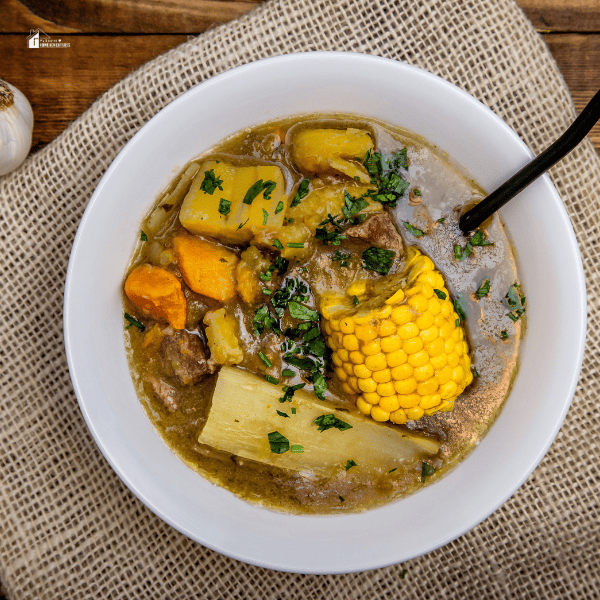
Is sancocho Puerto Rican or dominican?
Sancocho is a popular and beloved dish in several Latin American countries, and both Puerto Rico and the Dominican Republic have their own versions of this hearty stew.
Puerto Rican sancocho often features a combination of meats, such as chicken, pork, and beef, alongside root vegetables like yuca, plantains, and sweet potatoes. The broth is seasoned with aromatic elements like garlic, onions, and cilantro, and enriched with bay leaves and oregano.
In contrast, Dominican sancocho leans heavily on meats like chicken, beef, and pork, often including various tubers and root vegetables. The Dominican version is known for its chunkier texture and aromatic broth, flavored with a blend of tropical herbs and spices.
While both are cherished as comforting one-pot wonders, the unique combination of ingredients and regional influences distinguishes Puerto Rican and Dominican sancochos, showcasing the diversity within Caribbean culinary traditions.
What is Dominican sancocho made of?
Dominican Sancocho is a flavorful stew made with a variety of ingredients. Here is a list and description of each ingredient commonly used in Dominican Sancocho:
Meats
Dominican Sancocho often includes a combination of meats such as chicken, beef, pork, and sometimes goat. These meats add richness and depth of flavor to the stew.
Root Vegetables
Yuca, a starchy root known for its firm texture, adds depth and heartiness to the dish. Plantains, with their sweet and dense quality, offer a unique tropical note, complementing the savory elements of the meats. Other root vegetables such as potatoes and malanga (taro) contribute further to the overall richness and variety of textures.
Plantains
Green plantains are often used in Sancocho. They add a unique flavor and contribute to the overall heartiness of the dish.
Corn
Corn kernels are sometimes added to the Sancocho, providing additional texture and sweetness.
Seasonings and Aromatics
- Garlic: Garlic is a key ingredient for adding depth of flavor to the stew.
- Cilantro: Fresh cilantro is commonly used as a garnish, adding a fresh and herbaceous taste.
- Oregano: Oregano adds a fragrant and aromatic note to the Sancocho.
- Adobo or Salt and Pepper: Adobo seasoning or simple salt and pepper seasonings are used to enhance the overall taste.
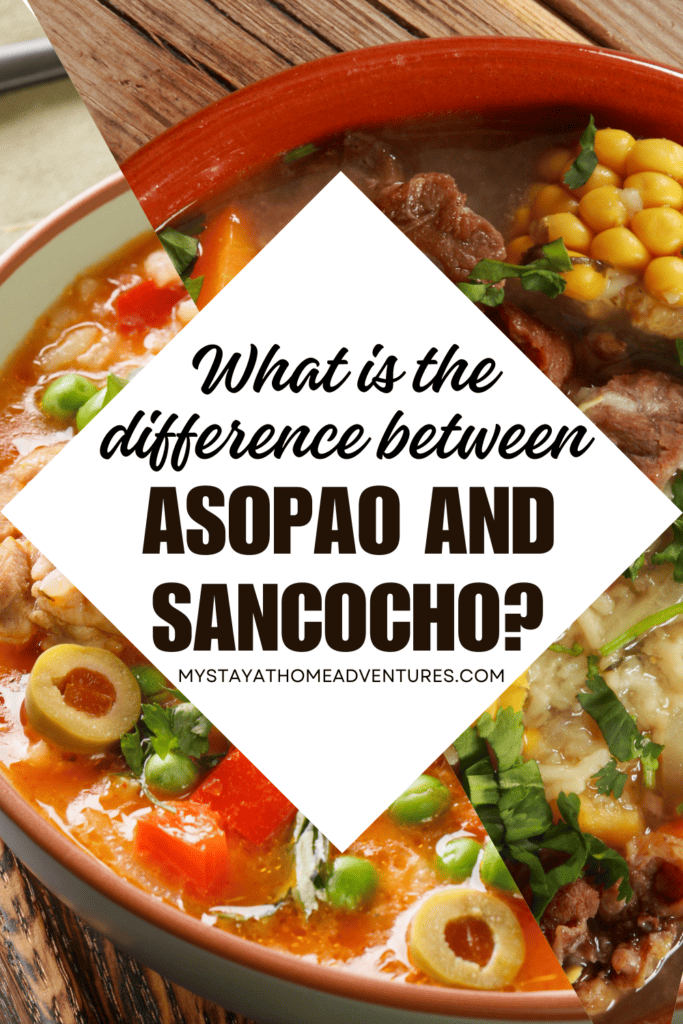
What does sancocho mean in english?
“Sancocho” is a Spanish word that translates to “stew” or “soup” in English. It refers to a traditional dish in various Latin American countries, particularly in the Caribbean and South America, where it is a popular and hearty one-pot meal. Sancocho typically involves a slow-cooking process, bringing together a variety of meats, vegetables, and seasonings to create a flavorful and comforting stew. The specific ingredients and preparation methods can vary from region to region, resulting in different variations of sancocho with unique local flavors and characteristics.
Is sancocho Dominican or Colombian?
Sancocho is a signature dish in both Dominican and Colombian cuisines. In the Dominican Republic, it is considered a national dish and often includes a mix of meats, root vegetables, and tropical seasonings. In Colombia, sancocho varies regionally but commonly features a combination of meats, plantains, yuca, potatoes, and corn.
Each country has its own unique preparation, reflecting diverse culinary traditions. So, sancocho is a shared cultural heritage, enjoyed with regional twists in both the Dominican Republic and Colombia.

